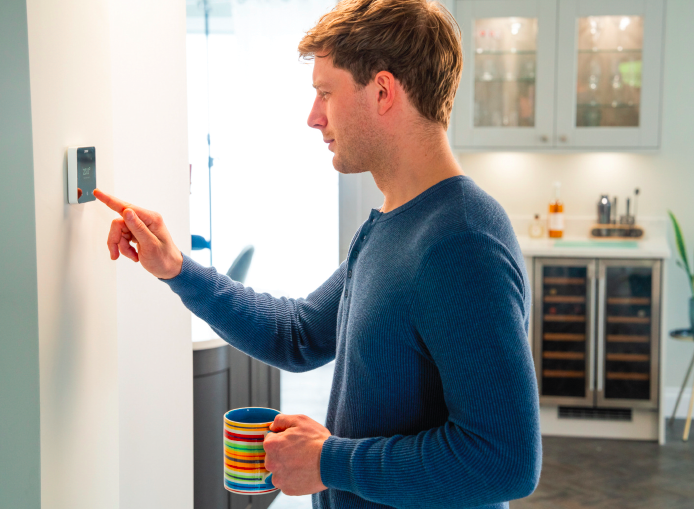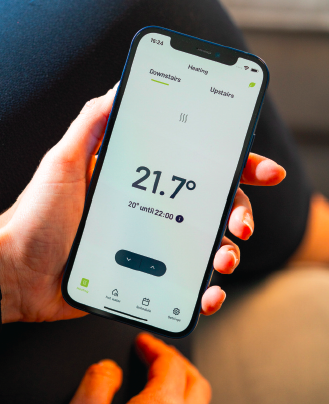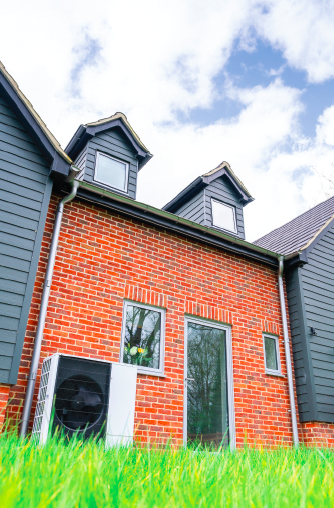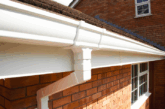
Will Heinzelmann, Product Director at Passiv UK, explains why smart controls should be on every housebuilder’s radar.
The Future Homes Standard, due to be announced this autumn, will set a new baseline for energy efficiency in new-build homes. Under the rules, homes will be required to include solar panels where possible – a welcome step toward reducing carbon emissions, tackling fuel poverty, and lowering household energy bills.
But meeting the standard is only half the story. Without smart, integrated controls to make the most of this low carbon technology, much of their potential is wasted – and so is the opportunity to deliver homes that outperform on both efficiency and buyer satisfaction. Having spent a decade working in heat pump optimisation, we’ve learned a crucial lesson – technology is only as good as the experience it delivers. The success of the transition to clean energy solutions is by making sure it is not just effective, but intuitive and effortless to use, ensuring it becomes a seamless part of everyday life.
The latest intelligent heat pump controls, such as the Passiv Smart Thermostat, do exactly that. They learn how the property heats up and cools down, predict solar generation, and automatically adjust heating to maximise free renewable energy, cut grid reliance, and keep running costs low.
For housebuilders and developers, that means more happy residents and better performing homes that stand out in a competitive market, ready to meet the Future Homes Standard and the expectations of tomorrow’s buyers.
Better system integration
In today’s new builds, heat pumps are often installed alongside solar PV and, in some cases, battery storage. But without a smart control layer connecting them, homeowners miss out on much of the benefit. Using predictive algorithms, the latest generation of smart controls can anticipate when solar panels will be generating and adjust the heat pump’s operation accordingly. That means more free energy used at the right times, and up to 10% savings on heating bills – just by letting the system do the thinking.
Smarter heat pump performance
Today, around a third of heat pumps are still being installed to operate at a fixed flow temperature. That’s easy from a commissioning perspective, but it’s terrible for efficiency. The remainder rely on a manually set weather compensation curve, which adjusts output based on the outdoor temperature. This is better – but still limited. The latest systems remove the need to set a weather compensation curve at all. From the moment they’re installed, they begin learning how the home behaves and how quickly it heats up or cools down. They use that data, combined with real-time forecasts, to dynamically control the flow temperature, maximising efficiency and comfort.
This means consistently warm homes with lower running costs and without the hassle of adjusting settings or understanding complex technology. Bills that are reduced by as much as 30%, predictable comfort throughout the year, and systems that automatically adapt to how the household actually lives.
Ready for tomorrow’s energy market
As energy tariffs become more dynamic, and as grid flexibility becomes a selling point, homes with integrated smart controls will stand out in the market – both for compliance and for consumer appeal. With the right controls, homeowners can earn rewards for allowing their systems to shift energy use to off-peak times or when renewable supply is high. It’s a future-ready feature that turns heating into a source of savings and sustainability. Smart controls aren’t just a bolt-on – they’re a fundamental part of the low-carbon home. For housebuilders and developers, the question is no longer if smart controls should be included, but how quickly you can make them part of your standard specification.
For more information on Passiv UK visit www.rdr.link/dbf025











